Behind the scene: Essential sewing tools
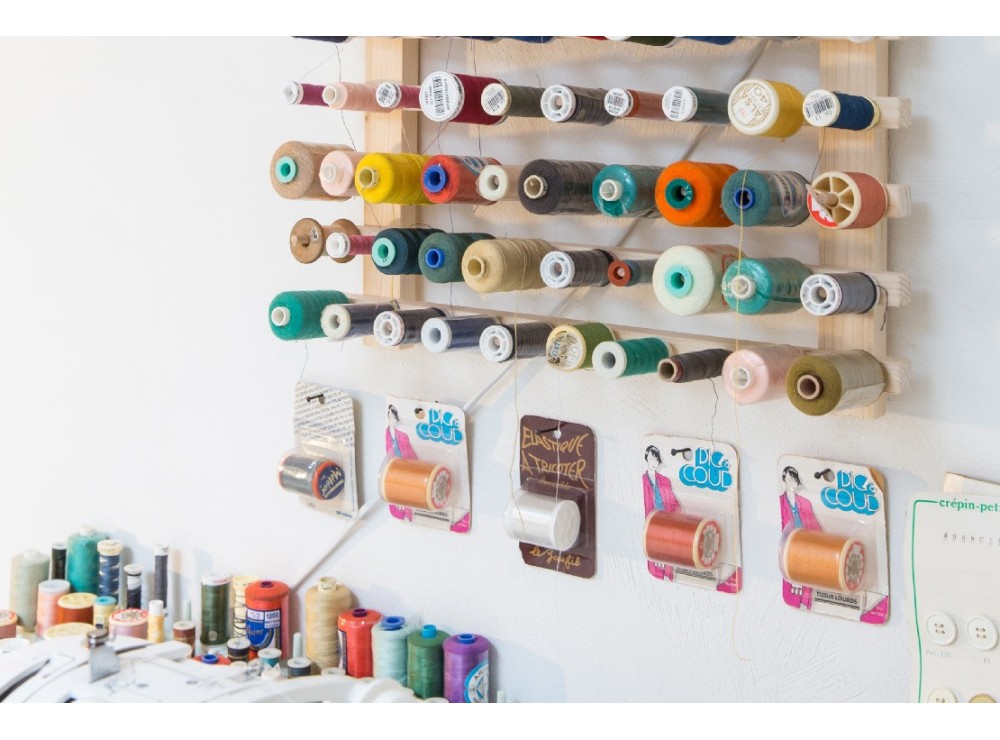
It's been quite some time now that I want to share with you my favorite tools for sewing. These are the sewing tools that I use the most. With so many sewing tools out there, here’s some help picking the best. Hopefully this will be helpful……and can also be used as a “hint-hint birthday list” to pass on to a husband/friend etc. You have to know that I'm a "less is more" kind of girl. I hate gadgets and I will share with you what I think is really necessary.
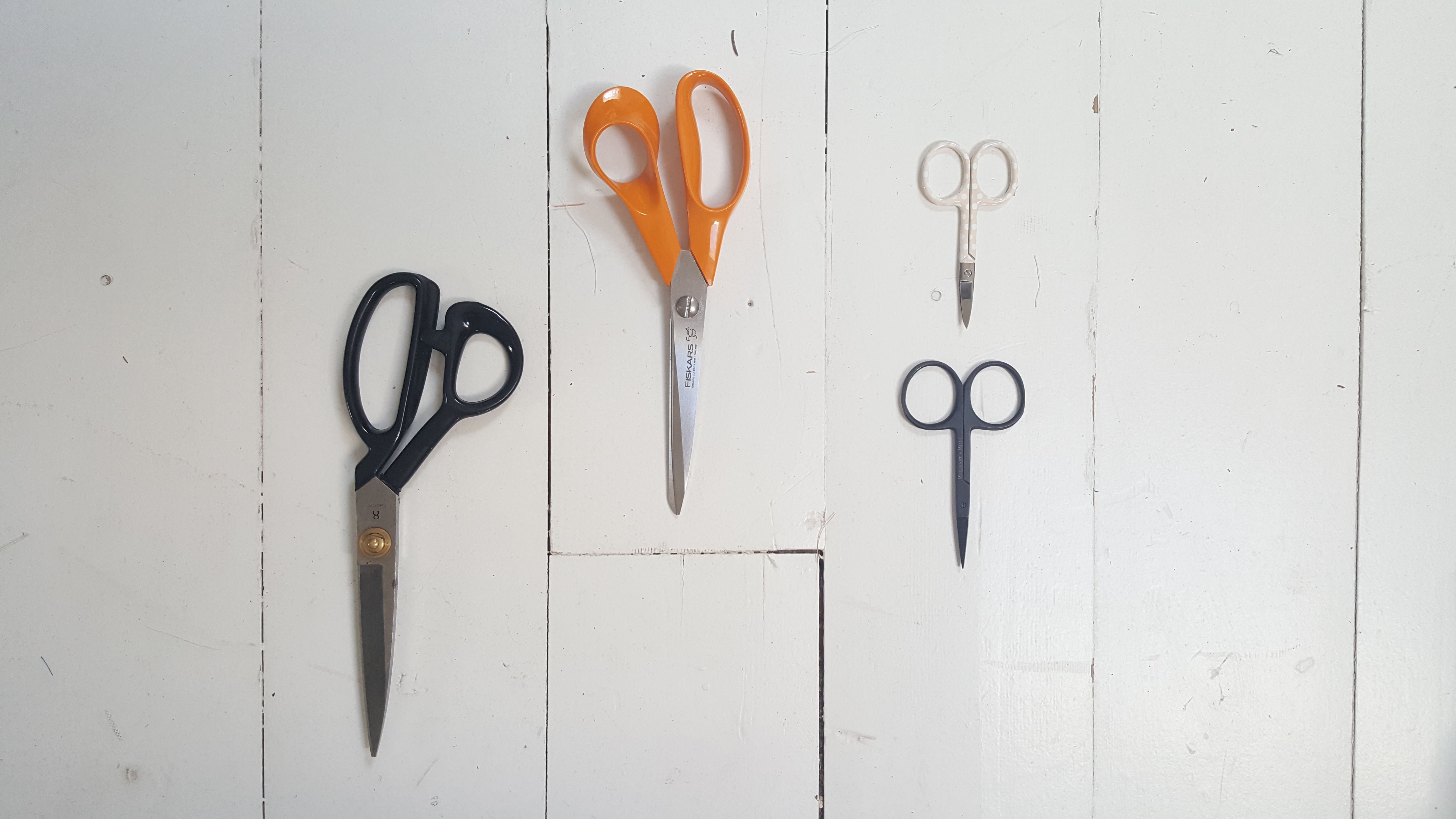 FABRIC SCISSORS
FABRIC SCISSORS
This is my minimal scissors' collection, I don't own any fancy looking scissors like the famous stork bird scissors. From left to right:
- My very FAVORITE pair of scissors! They are heavy, really sharp, and slice through fabric like butter. I would suggest you buy tailor’s scissors if you can afford them: they last nearly forever and can be sharpened when they start cutting less.
- My orange Fiskars, I'm using them to cut my muslins. They are good and reliable.
- I'm using the small embroidery scissors just to cut thread tails and avoid to cut fabric too, in the meantime! The Curved Blades allow safer Controlled Cuts.
- The little black scissors are coming from Merchant&Mills. Good at cutting tight corners and little snips the fabric. I love them as they are tiny, sharp and precise.
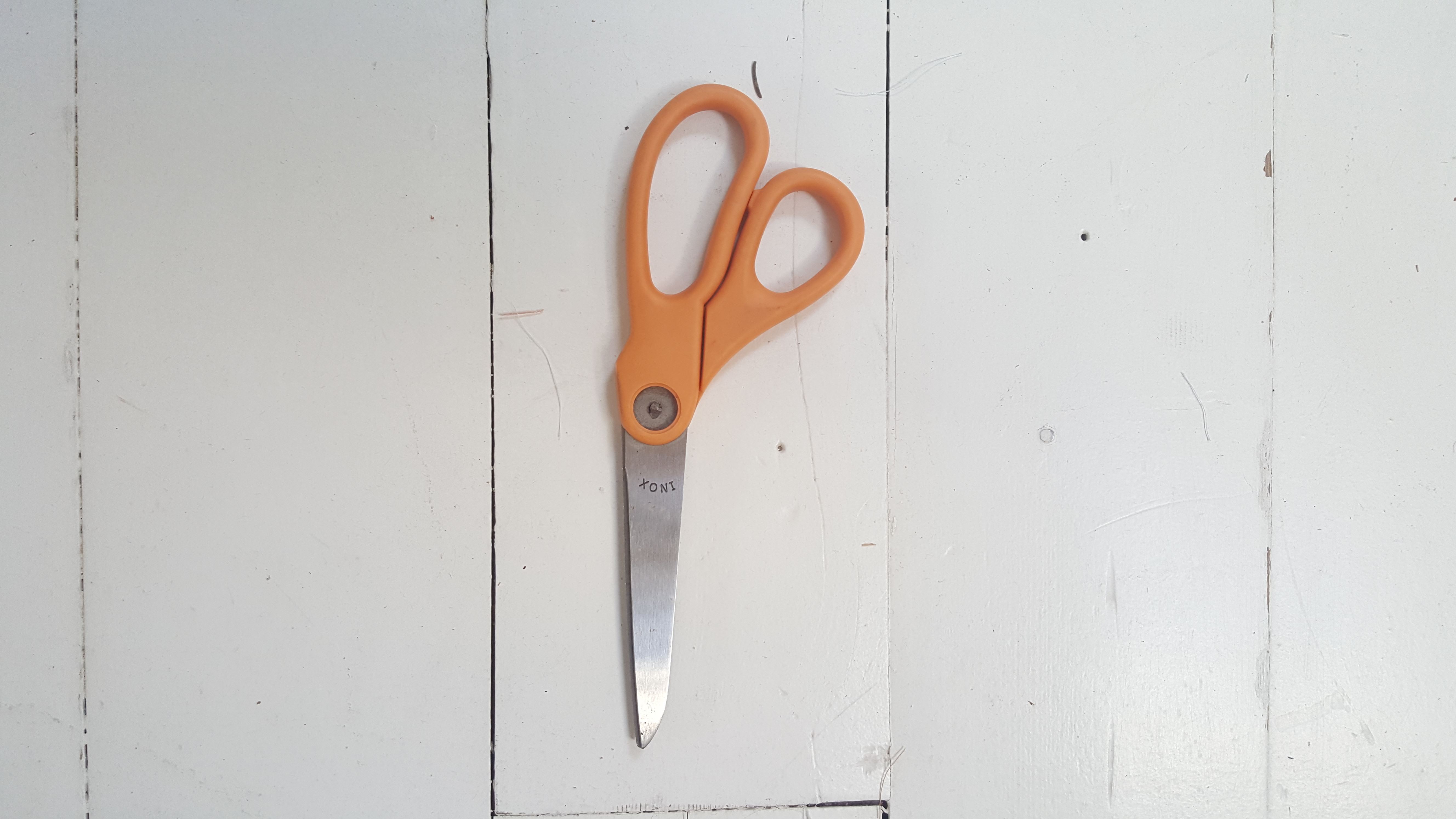 PAPER SCISSORS
PAPER SCISSORS
These are basic scissors for cutting paper, but it's more or less a copy of the Fiskars scissors ;-( I picked them up because they are big and orange so it is easy to spot them in my white studio... but I need to replace them by a real pair of Fiskars.
 STUDIO BASICS
STUDIO BASICS
- I'm not really picky when it comes to seam rippers as long as they unpick. I'm using this foldable ripper from Bohin. I like to have a lot of seam rippers in my studio, one near my sewing machine, another one near my cutting table, one near my ironing board etc... I may have 6 or 7 seam rippers in my studio.
- I hate thick pins with a fancy flower or heart or whatever on the end. I only swear by the super-fine pins by Bohin or fine glass head pins. I've tried the ultra-fine black pins by Merchant&Mills but I did not like the texture of it.
- I also have a bunch of tape measure in my studio/ All of them are yellow and orange so it is easy to spot them in my white studio.

BUTTONHOLES
Nothing makes a garment look homemade faster than a poorly sewn and cut buttonhole. These tools will help you achieve a professional look to your home made garments.
- Fray check is really usefull when it comes to buttonholes. Place a “line” of Fray-check in between the 2 rows of zig-zag stiching of each buttonhole and let dry. I love this little glue and I'm using it every time I sew a buttonhole. It's a shame they don't sell bigger bottles.
- Also of crucial importance is a buttonhole cutter. So much faster and safer than using a seam ripper to open up buttonholes – never accidentally fray your buttonhole again! I'am using the buttonhole cutter from Clover. I also found this beautiful wood vintage thing that is not a buttonhole cutter but looks like a buttonhole cutter but it needs to be shapened.
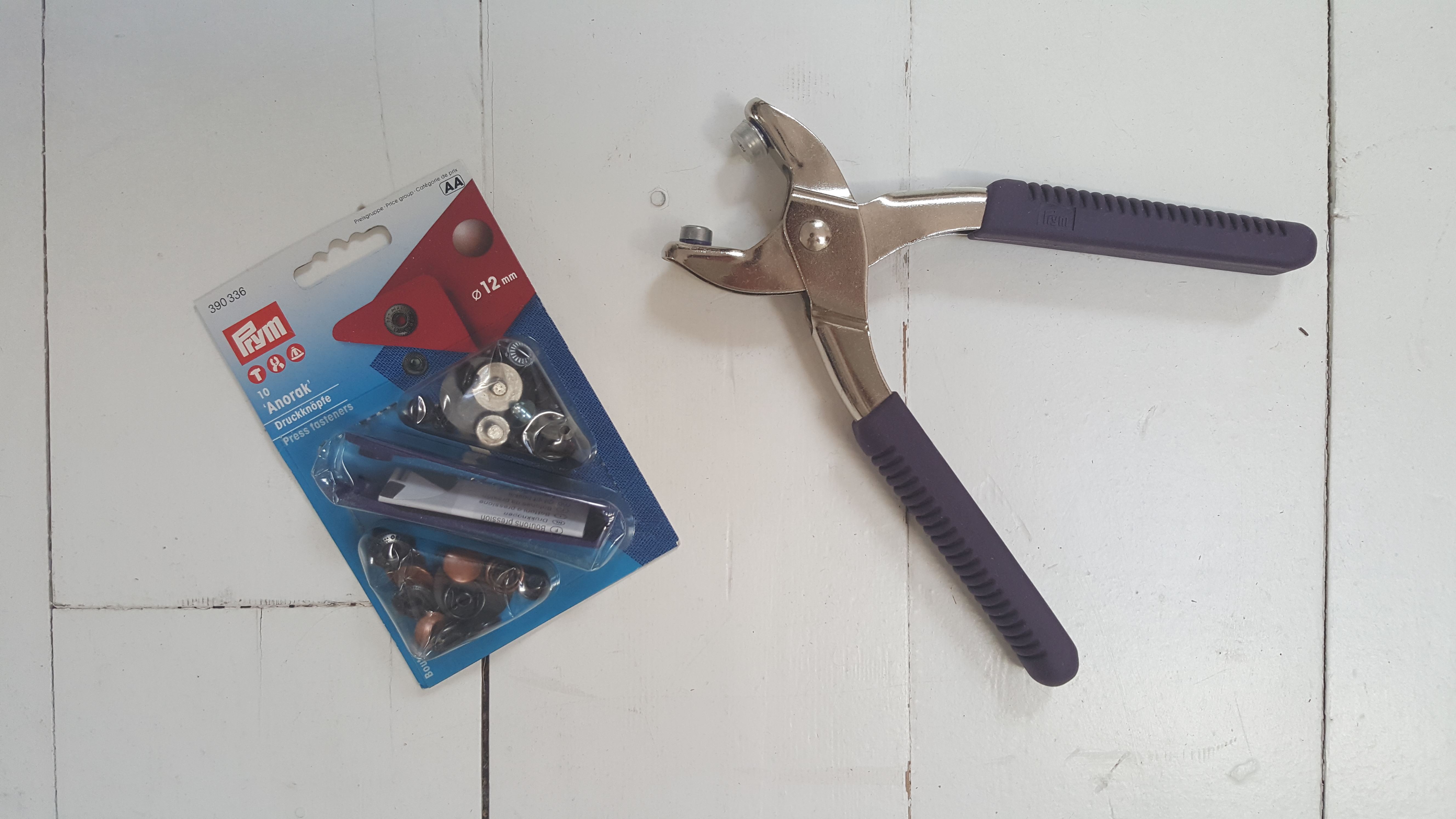 SNAP FASTENERS
SNAP FASTENERS
If you prefer snap fasteners than buttons I definitely recommend Vario pliers from Prym. There are already plenty of tutorials on how to use it, so I don't think it is necessary for me to dig more into the subject.
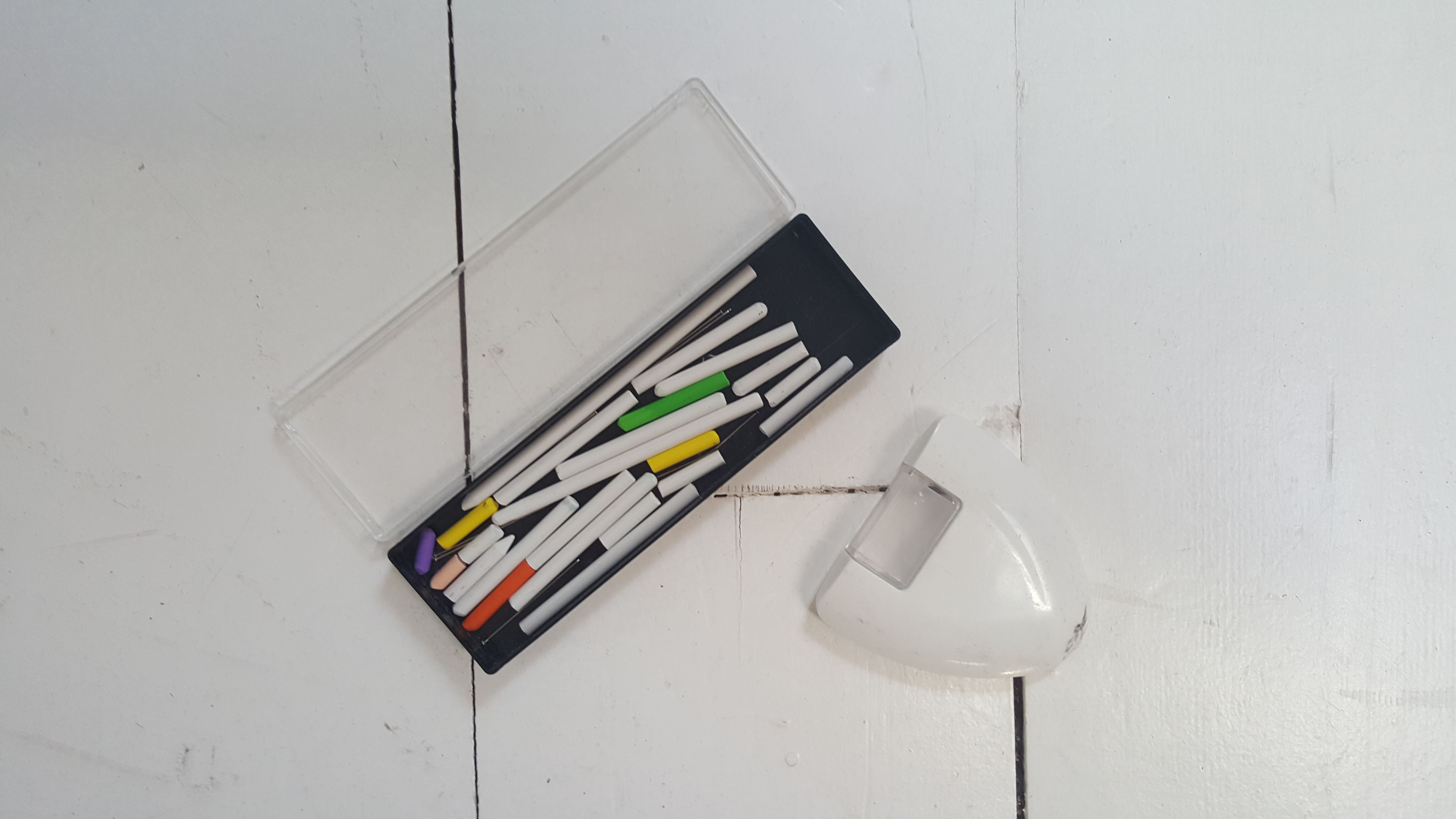
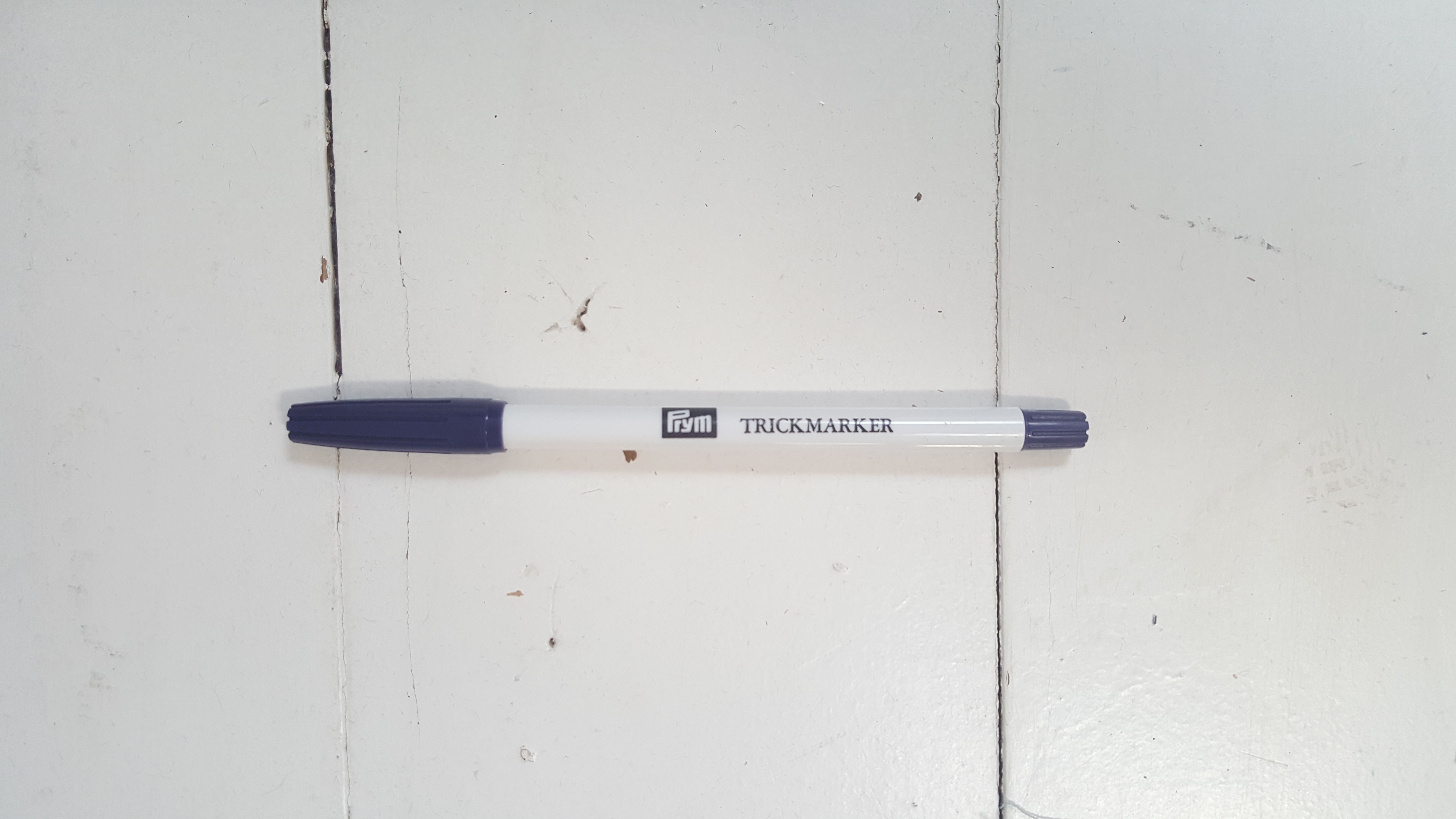 MARKING TOOLS
MARKING TOOLS
When working on a prototype made in a light colored fabric, I'am using the Trickmarker from Prym. It leaves an easy to see mark that is self-erasing and dispears within 1 or 2 days. You can also use the Roller ball from Frixion but I've noticed that sometimes it leaves a white trace on the fabric...
If I'm not able to use the Trickmarker, I'll use a tailor chalk or any kind of chalk, but I'm not much of a fan of chalks.
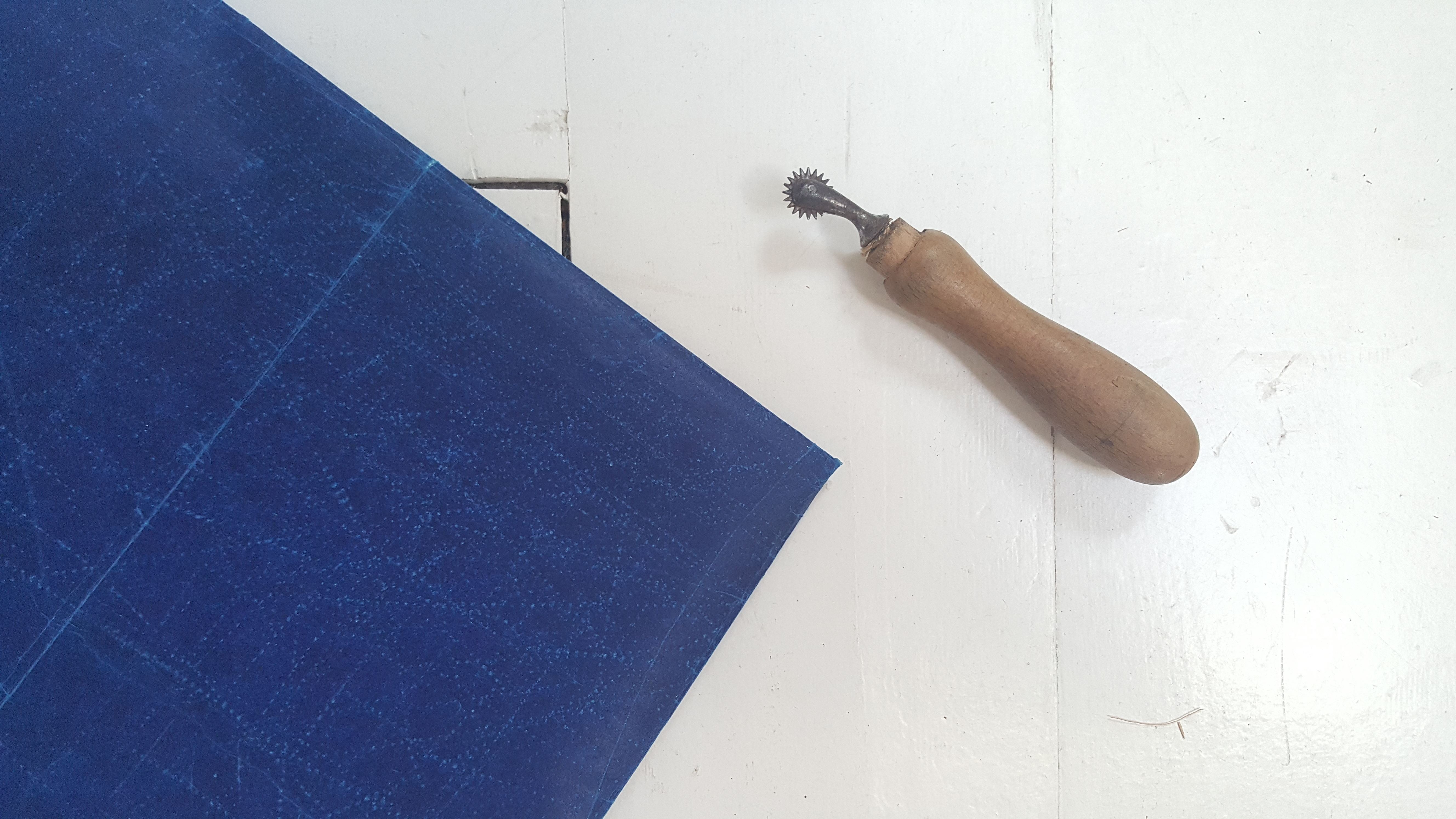 MARKING TOOLS FOR MUSLINS
MARKING TOOLS FOR MUSLINS
When I'm working on a new pattern, I'am generally sewing tons and tons of muslins before finding the right shape and fit. Everytime I have to transfer the notches, seam allowances, darts etc... onto my fabric. I'm using carbon paper and a tracing wheel. This is my favorite technique to ensure that I'am really accurate when sewing. This tracing wheel is coming from my great grand-mother.
That's it! This is all I need.
One of my advice if you are lucky enough to have your own sewing room, is to double your most-used sewing tools. It can be really handy to have 2 or 3 seam rippers and several tape measure in your sewing room to save your energy and stay focus on sewing instead of looking for a seam ripper everywhere in the room ;-) (You can also wear your seam ripper as a necklace and wear a pin cushion as a bracelet.... it's up to you).
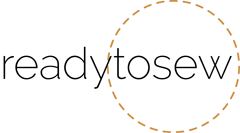
J'ai donc utilisé vos conseils, mes cours de coupe sont loin (1984) pour la couture pas de souci.
Je donne des cours " B.A ba" couture pour une association, mais dans la panade actuellement à cause du virus.
J'ai mis vos coordonnées sur notre site (apresdemain28).